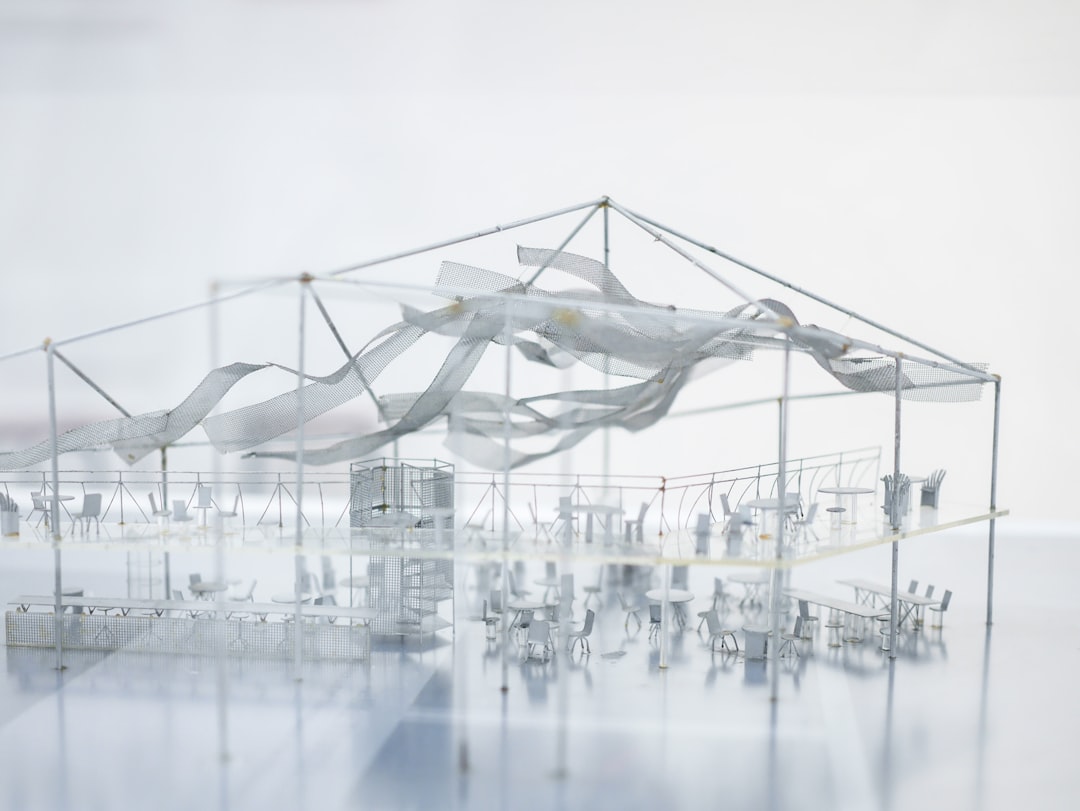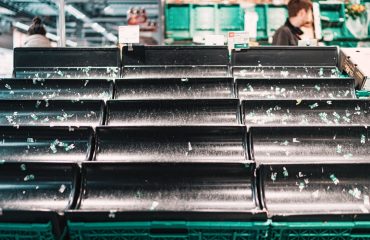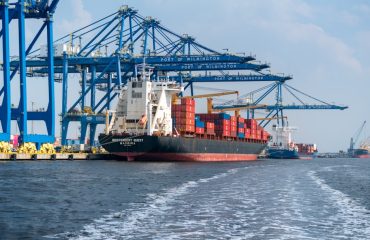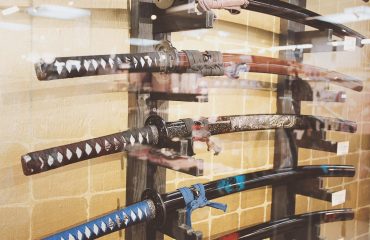Multi-story steel buildings are transforming the urban landscape, offering a blend of strength, flexibility, and sustainability. From towering commercial complexes to efficient industrial facilities, steel construction provides a robust and adaptable solution for a wide range of applications. This guide delves into the key aspects of multi-story steel building solutions, offering valuable insights for architects, engineers, and developers.
The Unmatched Strength and Durability of Steel
Steel’s inherent strength-to-weight ratio is a primary driver behind its popularity in multi-story construction. Unlike concrete, steel allows for the creation of lighter yet incredibly strong structures. This translates to several key advantages: reduced foundation costs, faster construction timelines, and increased design flexibility. The high tensile strength of steel enables the creation of larger spans and open floor plans, maximizing usable space and minimizing the need for internal columns. Furthermore, steel’s durability ensures longevity, resisting fire (with proper fireproofing) and weathering significantly better than many alternative materials. This results in lower long-term maintenance costs and a longer lifespan for the building.
Design Considerations for Multi-Story Steel Structures
Designing a multi-story steel building requires meticulous planning and expertise. Factors such as seismic activity, wind loads, and the intended use of the building heavily influence the design process. Engineers employ advanced software and sophisticated analytical techniques to ensure structural integrity and stability. The design process often involves detailed finite element analysis (FEA) to predict the building’s response to various loads and stresses. Furthermore, careful consideration is given to the connections between steel members, ensuring they can withstand the anticipated forces. The selection of appropriate steel grades, based on strength and ductility requirements, is also crucial. Finally, aspects like fire protection, accessibility, and aesthetic considerations are integrated into the design from the outset.
Sustainable Steel Construction: Minimizing Environmental Impact
Concerns about sustainability are increasingly influencing building material choices. Steel, while a manufactured product, offers several advantages in terms of sustainability. Steel is infinitely recyclable, meaning that much of the steel used in construction can be sourced from recycled materials, reducing the demand for virgin resources. Furthermore, modern steel production methods are becoming increasingly efficient, reducing carbon emissions. Sustainable steel construction also involves minimizing waste during the construction process and employing efficient energy-saving design strategies within the building itself. The use of lighter steel structures can also reduce the embodied carbon compared to heavier concrete structures. By incorporating sustainable design principles and utilizing recycled steel, multi-story steel buildings can contribute to a greener built environment.
Efficient Construction Techniques for Multi-Story Steel Buildings
Modern construction techniques significantly accelerate the erection of multi-story steel buildings. Prefabrication, where steel components are manufactured off-site and assembled on-site, drastically reduces construction time and improves precision. This method also minimizes on-site disruptions and enhances quality control. Advanced techniques such as modular construction further streamline the process, with entire sections of the building pre-assembled and lifted into place. The use of cranes and other heavy lifting equipment is integral to the efficient construction of multi-story steel frames. Efficient project management and coordination between different trades are also crucial for minimizing delays and ensuring timely completion.
The Cost-Effectiveness of Multi-Story Steel Construction
While the initial cost of steel might seem higher compared to some materials, the long-term cost-effectiveness of multi-story steel buildings often surpasses other options. The faster construction times lead to reduced labor costs and earlier occupancy, generating revenue sooner. The lower maintenance requirements and extended lifespan translate to significant savings over the building’s lifetime. The durability and resilience of steel structures also minimize the risk of costly repairs due to damage from natural disasters or wear and tear. Furthermore, the flexibility of steel design allows for adaptability and future expansion, reducing the need for major renovations down the line. A thorough life-cycle cost analysis often reveals the superior economic viability of multi-story steel building solutions.
In conclusion, multi-story steel building solutions offer a compelling combination of strength, sustainability, and cost-effectiveness. By carefully considering design parameters, employing efficient construction techniques, and embracing sustainable practices, architects and engineers can create innovative and impactful structures that meet the evolving needs of modern society.
SEO-Friendly Tags:
- Multi-story steel buildings
- Steel construction
- High-rise steel construction
- Sustainable steel buildings
- Steel building design




